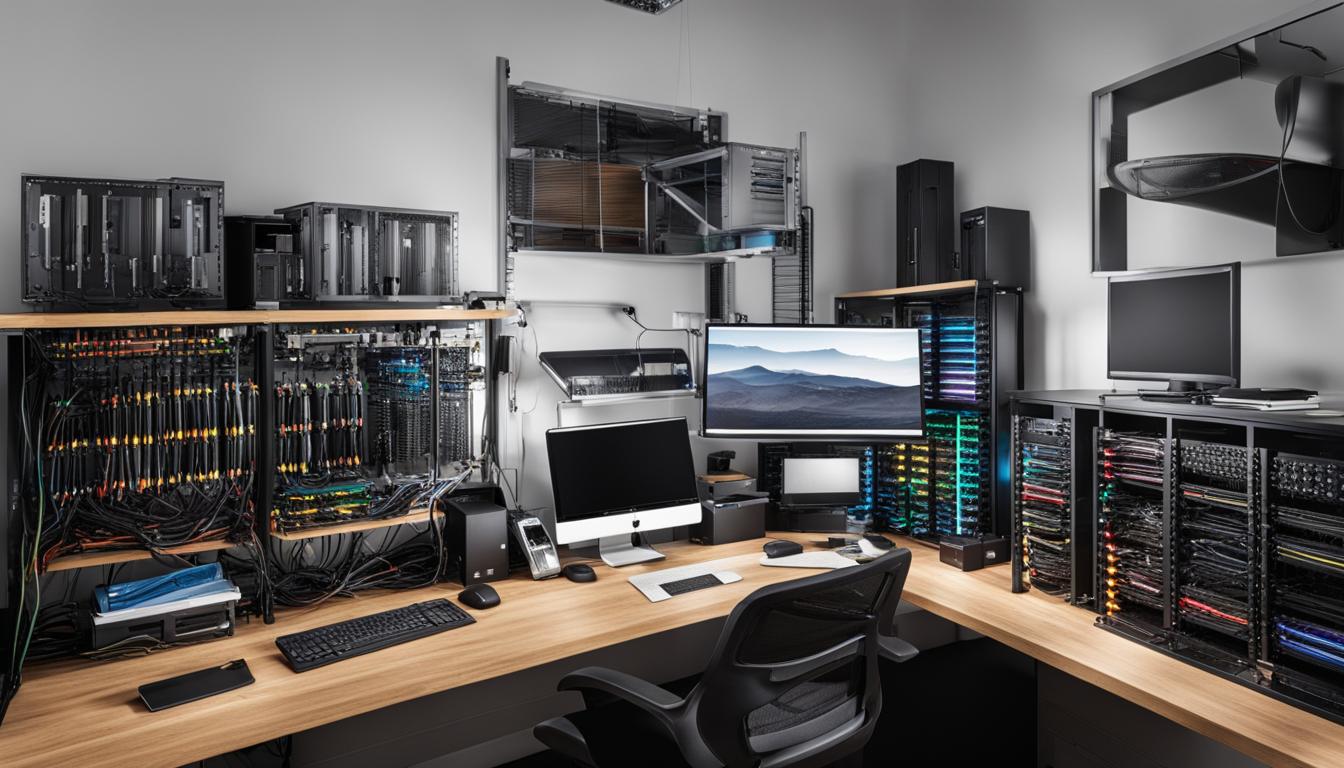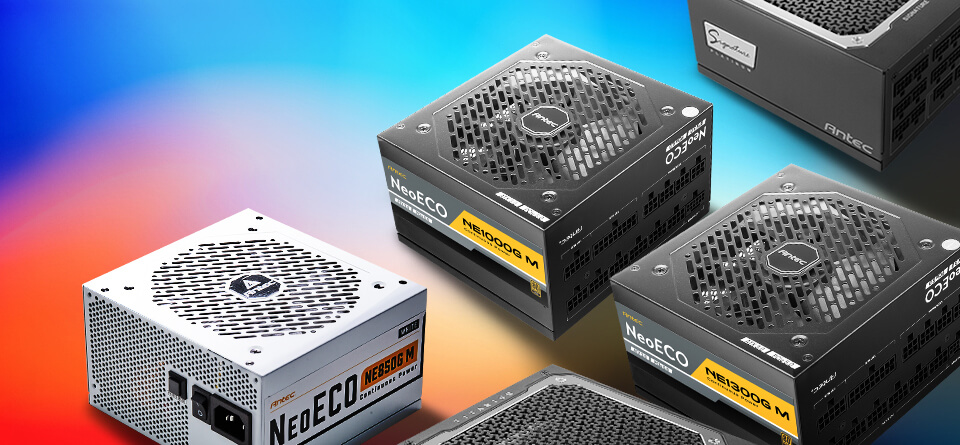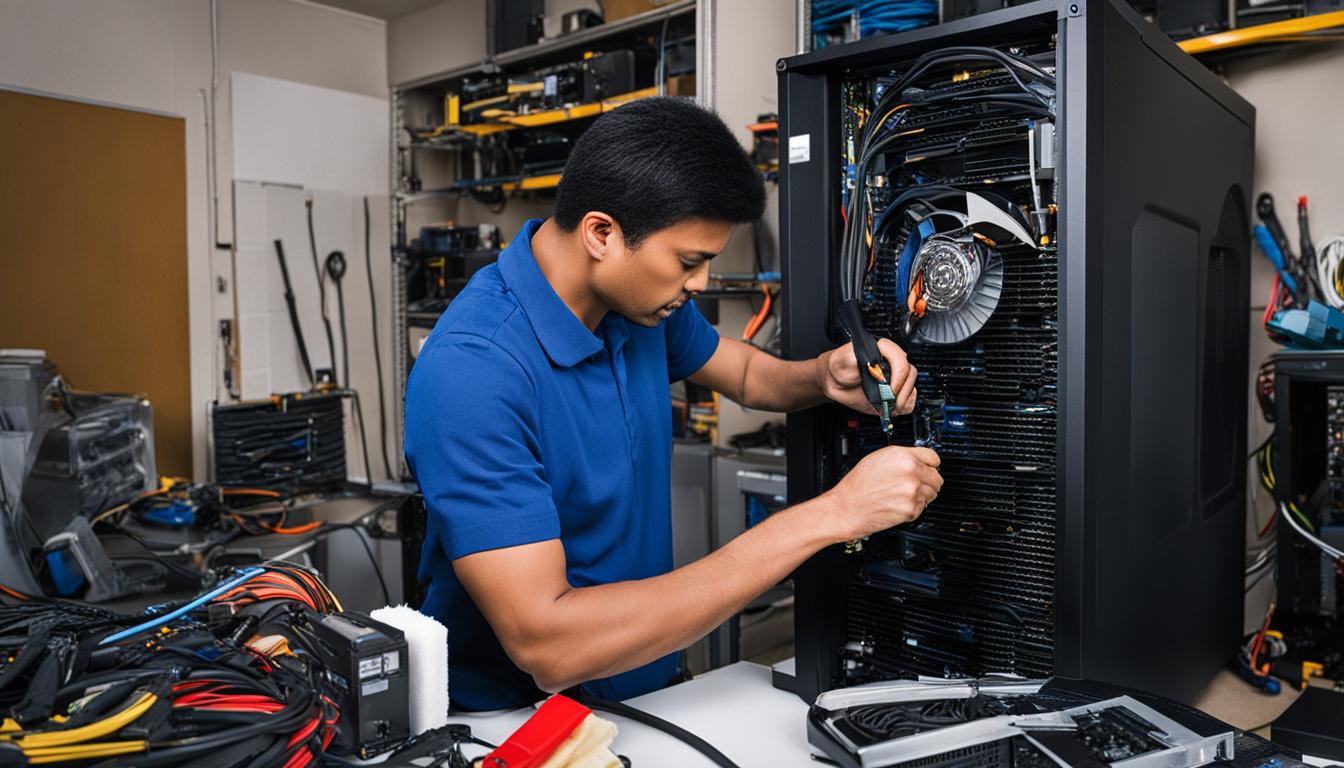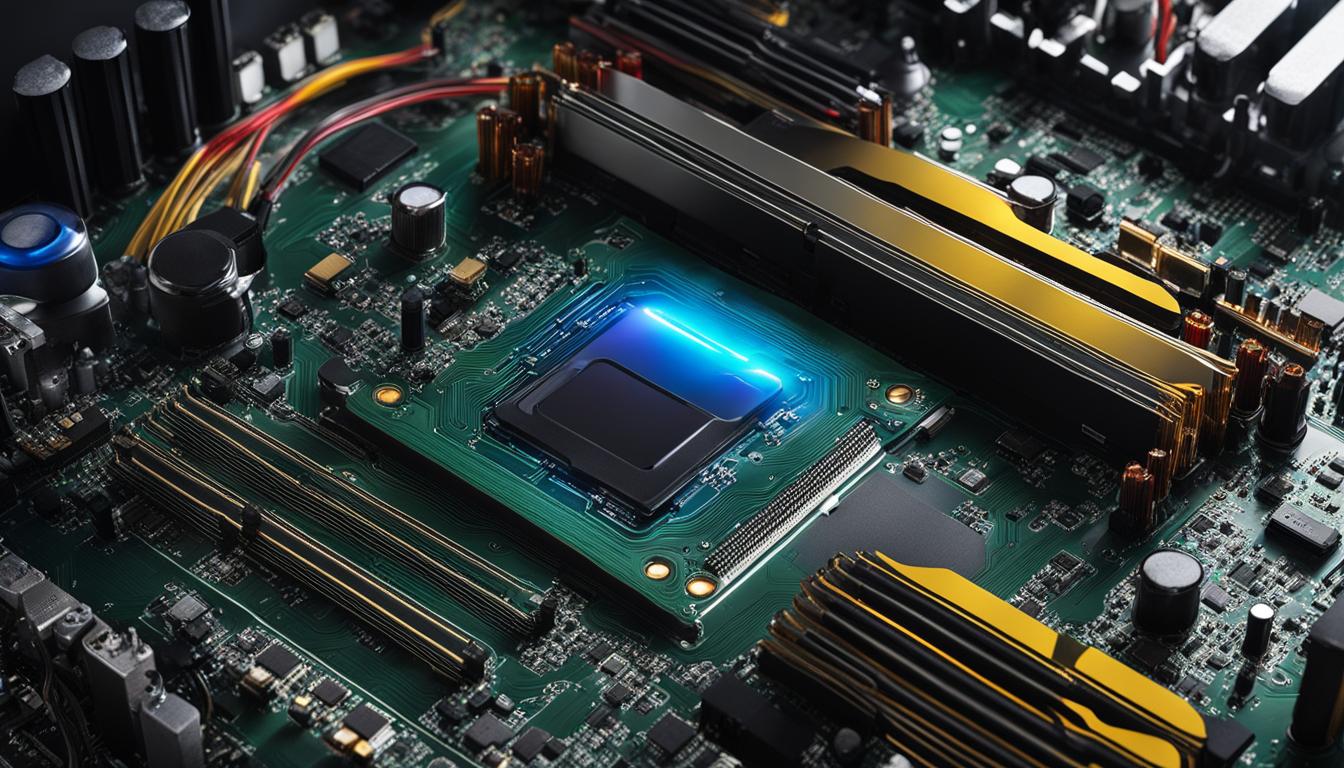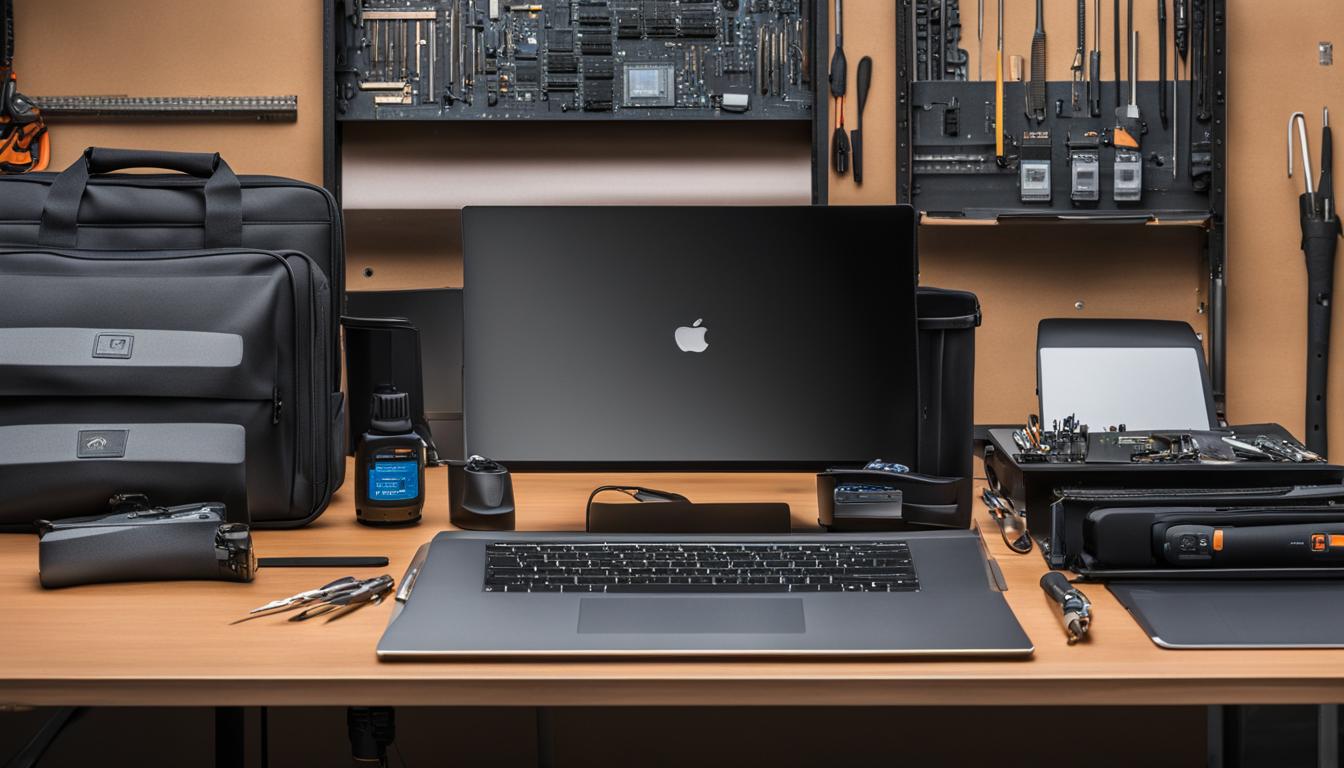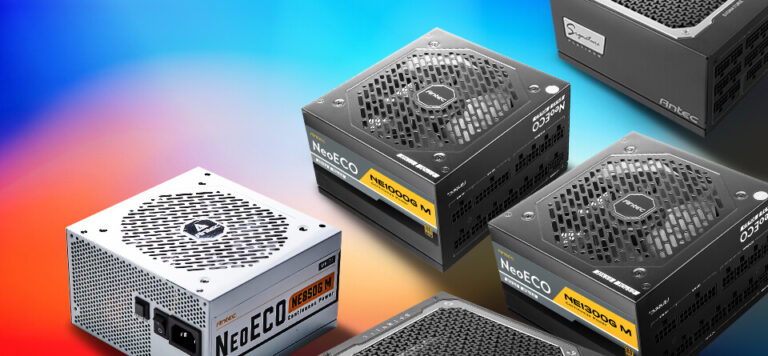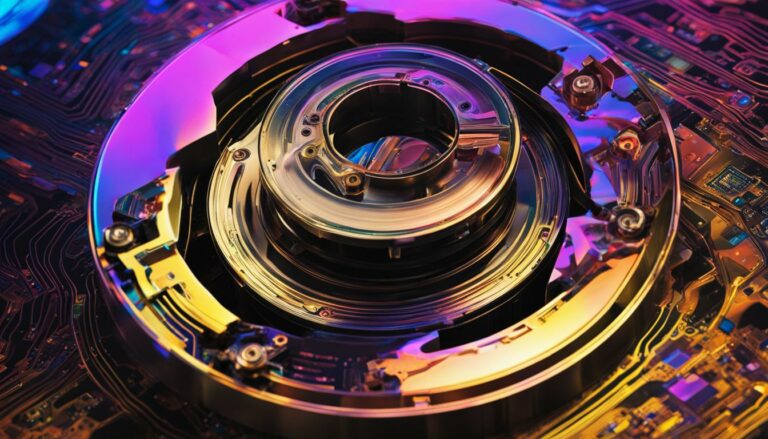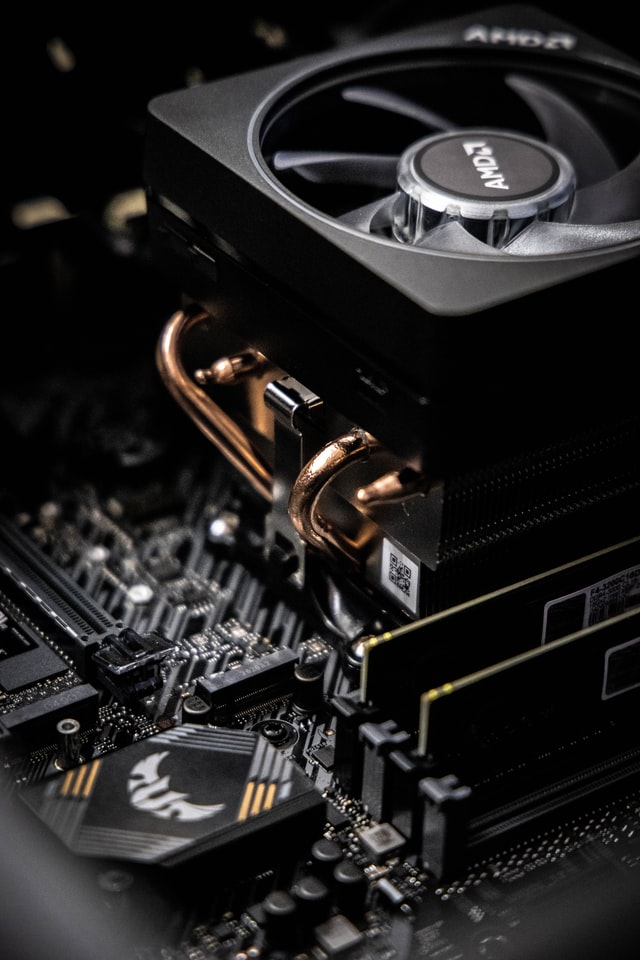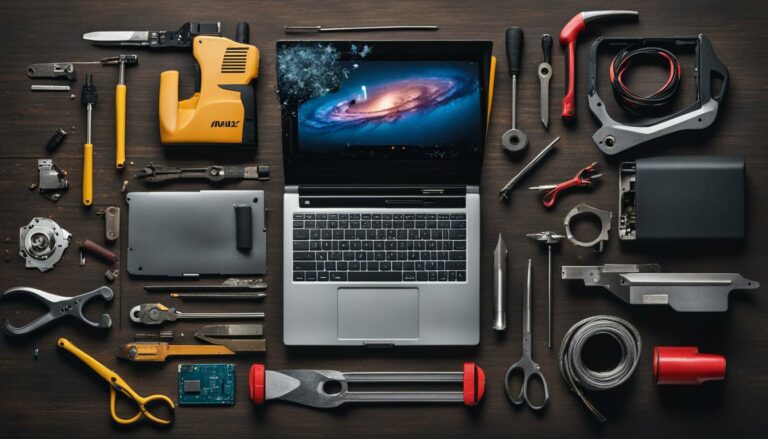A Guide to Cable Management: Best Practices and Aesthetics
Cable management is essential for system builders and upgraders. Proper cable management improves aesthetics, functionality, and safety. Using wire ties and strategically placing components and cables can make a significant difference. Higher-end cases designed for enthusiasts often have features like rubberized routing holes, ample space behind the motherboard tray, and tie-down spots. Modular power supply units (PSUs) can also help reduce cable clutter. Taking the time to plan and organize cables can result in a neat and clean build.
In this article, we will explore the components that matter in cable management, offer tips for cleaning up cables within a system, discuss the importance of cable management, introduce different types of cable management products, highlight common cable management mistakes to avoid and provide dos and don’ts of cable management. By following these best practices and using the right techniques and products, you can achieve efficient cable management and enjoy the benefits it brings to your workspace.
Components that matter in cable management
Proper cable management goes beyond simply organizing cables. It also involves considering the placement of various components within a system. By strategically positioning drives, graphics cards, and expansion cards, you can minimize interference with cables and other components, resulting in a cleaner and more efficient cable management system.
When building or upgrading a system, it is helpful to start with the installation of other components first and save drives and the power supply for last. This approach makes cable management easier, as you can route cables behind the motherboard tray and avoid covering case fans or coolers. Most cables should be neatly tucked away behind the motherboard tray for a clean and streamlined look.
To visualize the importance of component placement in cable management, refer to the table below, which highlights the relevant factors to consider:
Tips for Cleaning Up Cables Within a System
Keeping cables neat and organized is essential for a clean and functional workspace. Proper cable storage and cord management not only enhance the aesthetics of your setup but also improve productivity and reduce hazards. Here are some tips to help you clean up cables within your system:
- Plan Ahead: Before you start connecting cables, take the time to plan their routes. Visualize the ideal path for each cable and consider the positioning of components to minimize cable clutter.
- Route Behind the Motherboard Tray: Whenever possible, route cables behind the motherboard tray to keep them out of sight. This not only improves the appearance but also allows for better airflow within the system.
- Connect Cables First, Secure Later: It’s best to connect all the necessary cables before securing them in place. This way, you can make adjustments and ensure a clean layout before tying everything down.
- Bundle Cables: To keep cables organized, bundle them together using Velcro strips, twist ties, or adhesive tie-downs. Start bundling from the top of the case and work your way down, making sure the bundles are tight and secure.
- Use Cable Management Products: Invest in cable management products such as cable trays, wire management boxes, and cable sleeves. These products help keep cables organized and prevent them from tangling or getting damaged.
- Label Cables: To easily identify and trace cables in the future, consider labeling them. Use adhesive labels or color-coded tags to mark each cable with its corresponding component or function.
By following these tips, you can achieve a clean and clutter-free cable management system in your workspace. Remember to be patient and meticulous during the process, and don’t hesitate to make adjustments as needed. With proper cable storage and cord management, you can enjoy a more organized and efficient workspace.
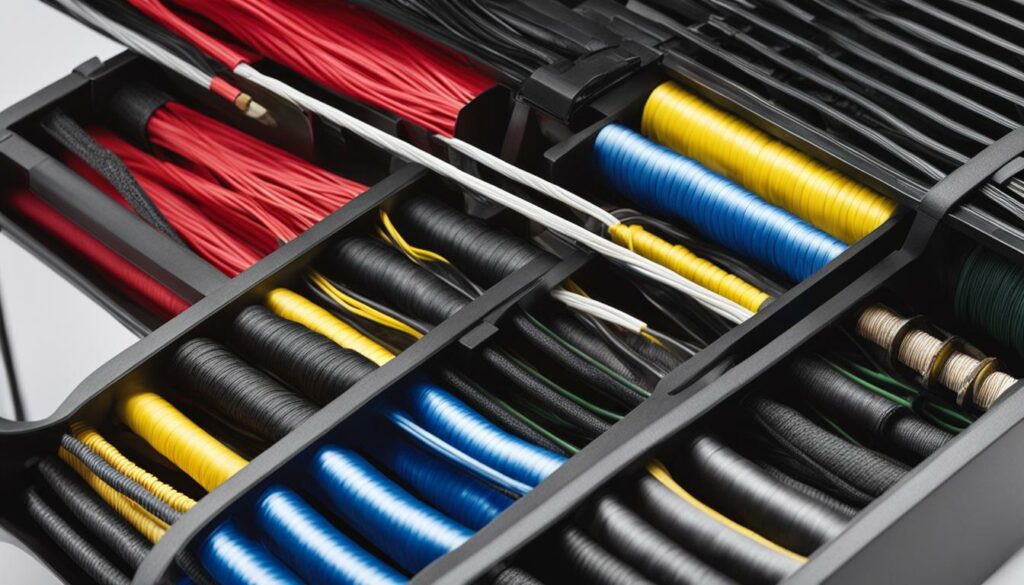
| Common Mistakes to Avoid | Do’s | Don’ts |
|---|---|---|
| Overstuffing cable trays or baskets | Keep cables organized | Over-tightening cable ties |
| Leaving cables accessible to children and pets | Use cable management products that suit the workspace | Leaving cables to become tangled |
| Neglecting cables | Utilize on-desk solutions like monitor stands | Allowing children or pets to access the cables |
| Over-tightening cable ties | Keep an eye on the maximum weight capacity for cable baskets |
The importance of cable management
Cable management plays a crucial role in creating a tidy and organized workspace. It offers several benefits that contribute to safety, productivity, and overall aesthetics. By keeping cables tidy, you can reduce hazards such as tripping and prevent wear and tear on cables, ensuring their longevity. Additionally, a well-organized workspace free from cable clutter can improve concentration and productivity, creating a more conducive environment for work.
Poor cable management can also have a negative impact on the performance of electronic systems. When cables are haphazardly arranged, they can obstruct airflow and lead to overheating, potentially damaging sensitive components. By implementing effective cable routing techniques, you can optimize airflow within your system and maintain optimal operating temperatures, ensuring the longevity and reliability of your devices.
Investing in cable management solutions is essential for achieving a clean and professional appearance in your workspace. Cable trays, fasteners, and wire management boxes are just a few examples of products that can help you organize and conceal cables effectively. These solutions not only improve the aesthetics of your workspace but also make it easier to access and maintain your cables when needed. With the wide range of cable management products available, you can choose the options that best suit your specific needs and layout.
Key benefits of effective cable management:
- Reduces hazards such as tripping and wear and tear on cables
- Improves concentration and productivity by eliminating cable clutter
- Enhances airflow and prevents overheating of electronic systems
- Creates a clean and professional appearance in the workspace
- Facilitates easy access and maintenance of cables
By prioritizing cable management and following best practices, you can transform your workspace into a functional and visually appealing environment. Take the time to plan and implement effective cable routing techniques, and invest in the right cable management products to achieve a neat and organized workspace.

| Products | Description |
|---|---|
| Cable trays | Attach to the underside of the desk to hold power strips and cables |
| Fasteners | Clamps and clips for securing a smaller number of cables |
| Wire management boxes | Secured beneath the desk to keep wires and cables off the floor |
| Under-desk cable covers or J channel raceways | Taped beneath the desk to hide cables |
Different Types of Cable Management Products
When it comes to cable organization, there are various types of cable management products that can help keep your workspace neat and tidy. These products are designed to effectively manage and conceal cables, providing you with a clean and organized environment. Here are some popular cable management solutions:
Cable Management Trays and Baskets
Cable management trays and baskets are excellent options for keeping cables off the floor and out of sight. These accessories can be attached to the underside of your desk, holding power strips and cables securely. They help minimize cable clutter and provide a sleek and professional look to your workspace. Cable baskets are ideal for managing larger quantities of cables, while trays work well for smaller cable setups.
Fasteners
Fasteners like clamps and clips are perfect for managing a smaller number of cables. These products securely hold cables in place, preventing them from tangling or becoming disorganized. They are easy to install and can be mounted to the side or underside of your desk. Fasteners are a convenient solution for cables that need to be frequently accessed or adjusted.
Under-Desk Cable Covers
Under-desk cable covers or J channel raceways are great for hiding cables that connect to devices on your desk. These covers can be taped beneath the desk, creating a seamless and clean appearance. They provide a designated pathway for cables, preventing them from cluttering your workspace and tangling with other objects.
Wire Management Boxes
Wire management boxes are designed to keep wires and cables off the floor, providing a safe and organized environment. These boxes can be secured beneath your desk, effectively concealing and managing cables. They come in different sizes and designs, offering ample space to accommodate multiple cables. Wire management boxes are a great option for larger setups or workspaces with complex cable arrangements.
| Cable Management Product | Benefits |
|---|---|
| Cable Management Trays and Baskets | Keeps cables off the floor and out of sight |
| Fasteners | Secures cables in place and prevents tangling |
| Under-Desk Cable Covers | Hides cables and provides a clean appearance |
| Wire Management Boxes | Conceals wires and manages cables off the floor |
Common Cable Management Mistakes to Avoid
When it comes to cable management, there are several common mistakes that many people make. By being aware of these mistakes, you can avoid them and ensure a more organized and efficient cable management system. Here are some of the key mistakes to watch out for:
1. Overstuffing Cable Trays
One of the most prevalent mistakes is overstuffing cable trays or baskets. While it may be tempting to cram as many cables as possible into these storage solutions, doing so can lead to damage and reduce their effectiveness. It’s important to ensure that cable trays and baskets have adequate space for the cables to breathe and maneuver.
2. Neglecting Safety Precautions
Another mistake to avoid is neglecting safety precautions. Leaving cables accessible to children and pets can create safety risks and potential damage. It’s essential to keep cables out of reach and secure them in a way that minimizes the risk of accidents or damage.
3. Neglecting Regular Maintenance
It’s easy to set up a cable management system and forget about it. However, neglecting regular maintenance can lead to hazards and hinder productivity. Over time, cables can become loose, tangled, or damaged. It’s important to periodically check and adjust cables to ensure they are properly organized and functioning optimally.
By avoiding these common cable management mistakes, you can create a more organized and efficient workspace. Implementing best practices and investing in quality cable management products can help you achieve a clean and clutter-free environment.
| Mistake | Impact |
|---|---|
| Overstuffing cable trays | Can lead to damage and reduce effectiveness |
| Neglecting safety precautions | Creates safety risks and potential damage |
| Neglecting regular maintenance | Can lead to hazards and hinder productivity |
Cable Management Dos and Don’ts
Good cable management practices can help keep your workspace organized and efficient. However, it’s important to know the dos and don’ts of cable management to ensure you’re doing it right. Here are some tips to follow:
Dos:
- Keep cables organized: Use cable ties, clips, or cable management products to keep your cables neatly arranged and easily identifiable.
- Use management products suitable for your workspace: Choose cable management solutions that fit your specific needs, whether it’s cable trays, wire management boxes, or under-desk cable covers.
- Utilize on-desk solutions: Monitor stands with built-in cable management can help keep your workspace tidy by routing cables through the stand’s structure.
Don’ts:
- Over-tighten cable ties: Tight cable ties can damage cables and make it difficult to adjust or replace them. Leave some slack to allow for flexibility.
- Let cables become tangled: Avoid letting your cables become a tangled mess. Regularly check and untangle cables to maintain a clean and organized workspace.
- Allow children or pets to access the cables: Keep cables out of reach of children and pets to prevent accidents or damage to the cables.
By following these dos and don’ts of cable management, you can ensure that your workspace remains neat, organized, and free from cable clutter. Implementing effective cable management techniques not only improves the performance and longevity of your electronic systems but also creates a more pleasant and professional working environment.
| Dos | Don’ts |
|---|---|
| Keep cables organized | Over-tighten cable ties |
| Use suitable management products | Let cables become tangled |
| Utilize on-desk solutions | Allow children or pets to access cables |
Conclusion
Cable management is crucial for creating a neat and functional workspace. By implementing best practices and investing in cable management products, you can reap a range of benefits. Firstly, proper cable management enhances the aesthetics of your workspace, creating a more professional and pleasant environment. Secondly, it improves airflow, preventing the obstruction of cooling and ventilation systems, which can lead to overheating and reduced performance. Additionally, cable management reduces hazards such as tripping, ensuring a safer working environment.
Moreover, a well-organized workspace leads to increased productivity and concentration by eliminating cable clutter and distractions. It allows you to focus on your work without the frustration of tangled cables or having to search for the right connection. By keeping cables organized and easily accessible, you can save valuable time and enhance efficiency.
Investing in cable management products, such as trays, fasteners, and wire management boxes, will further enhance cable organization. These products will keep your cables tidy and off the floor, reducing wear and tear and prolonging their lifespan. Overall, with proper cable management, you can create a clean, functional, and efficient workspace that not only improves the performance of your electronic systems but also enhances your overall work experience.
FAQ
Why is cable management important?
Cable management is essential for system builders and upgraders as it improves aesthetics, functionality, and safety. Proper cable management reduces hazards like tripping, protects cables from wear and tear, improves airflow, and creates a more professional and aesthetic appearance to the workspace.
What are some common cable management mistakes to avoid?
Some common cable management mistakes to avoid include overstuffing cable trays, leaving cables accessible to children and pets, neglecting cables, over-tightening cable ties, allowing cables to become tangled, and selecting the wrong products or using weak cable management solutions.
What are some dos and don’ts of cable management?
Dos of cable management include keeping cables organized, using management products that suit the workspace, and using on-desk solutions like monitor stands. Don’ts of cable management include over-tightening cable ties, leaving cables to become tangled, and allowing children or pets to access the cables.
How can cable management improve productivity?
Well-organized cables can improve productivity and concentration by eliminating clutter in the workspace. Cable management reduces hazards and protects cables from wear and tear, which can hinder productivity if not properly managed.
What types of cable management products are available?
There are various types of cable management products available, including cable management trays and baskets, fasteners like clamps and clips, under-desk cable covers or J channel raceways, and wire management boxes. The choice of cable management products depends on the specific needs and layout of the workspace.
How should cables be cleaned up within a system?
Cleaning up cables within a system requires attention to detail and patience. It’s best to route cables behind the motherboard tray and not tie anything down until all cables are connected and in their ideal position. Starting with front-panel and case-related cables, then data cables for drives, and finally the power supply can help achieve a clean layout. Securing cables in tight bundles starting from the top of the case and working down is recommended.
What are the benefits of proper cable management?
Proper cable management improves airflow, reduces hazards like tripping, protects cables from wear and tear, increases productivity and concentration, and creates a more professional and aesthetic appearance to the workspace.
Which components matter in cable management?
Components that matter in cable management include motherboard and power supply placement, drives, graphics cards, and expansion cards. Proper placement of these components can help avoid interference with cables and other components, making cable management easier.
